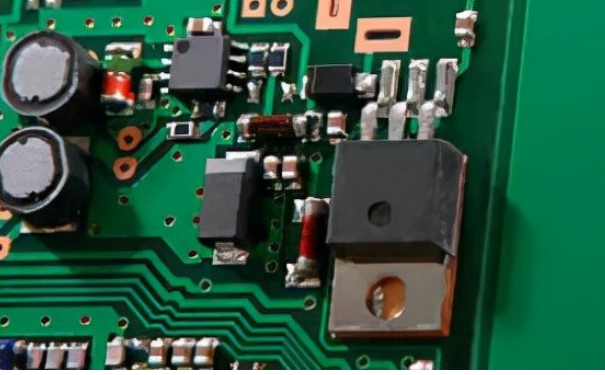Welding and assembly of electronic components
Date:2023-04-25 14:08:38 Views:1413
The welding and assembly of electronic components is a crucial part of the electronic manufacturing process. It is directly related to the reliability, performance, and service life of electronic products. In this article, we will introduce the relevant knowledge of electronic component welding and assembly, providing you with a comprehensive understanding and understanding.
welding material
Welding is an indispensable part of the electronic manufacturing process. The selection and use of welding materials directly affect the quality and reliability of welding. Commonly used welding materials include tin, lead, silver, etc. Among them, tin solder is commonly used for the welding of electronic components because it has a lower melting point, good wettability, and soldering performance.
Welding equipment
Welding equipment is an essential tool in the electronic manufacturing process. Commonly used welding equipment includes tin welding guns, lead welding guns, argon arc welding machines, etc. Different welding equipment is suitable for different welding needs. For example, tin soldering guns are suitable for simple component welding, while lead soldering guns are suitable for welding materials such as lead alloys.

Welding techniques
Welding techniques are a crucial part of the electronic manufacturing process. Correct welding techniques can ensure welding quality and reliability. Common welding techniques include low-temperature welding, preheating welding, pulse welding, etc. Low temperature welding is suitable for welding high melting point materials, such as lead alloys, which can reduce heat affected areas and improve welding quality. Preheating welding is suitable for welding high-temperature materials, such as transistors, and can preheat the materials before welding to reduce the temperature difference during welding. Pulse welding is suitable for welding high-speed moving components, such as wires, which can improve welding quality and efficiency.
Assembly process
The assembly process of electronic components includes steps such as disassembly, cleaning, installation, fixation, coating, and testing. Disassembly and cleaning are key steps in assembly, and it is necessary to ensure the cleanliness and hygiene of components and assembly tools to avoid contamination of components and circuit boards. Installation and fixation are important steps to ensure the reliability of electronic products. It is necessary to ensure that the installation is firm and fixed on the circuit board stably and reliably. Coating and testing are key steps to ensure the performance of electronic products. Coating can improve the moisture-proof and anti-corrosion capabilities of components, and testing can ensure that the performance of electronic products meets the requirements.
In summary, the welding and assembly of electronic components is a crucial part of the electronic manufacturing process, which directly affects the reliability, performance, and service life of electronic products. Correct welding techniques, reasonable assembly processes, and precise disassembly and cleaning steps are key elements to ensure welding and assembly quality. Our company has a team of professional engineers and industry elites, with three standardized laboratories covering an area of over 1800 square meters. We can undertake various testing projects such as electronic component testing and verification, IC authenticity identification, product design and material selection, failure analysis, functional testing, factory incoming material inspection, and tape weaving.




 Weixin Service
Weixin Service

 DouYin
DouYin
 KuaiShou
KuaiShou





















